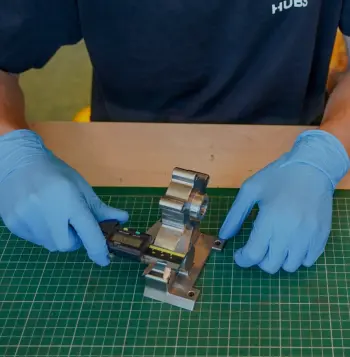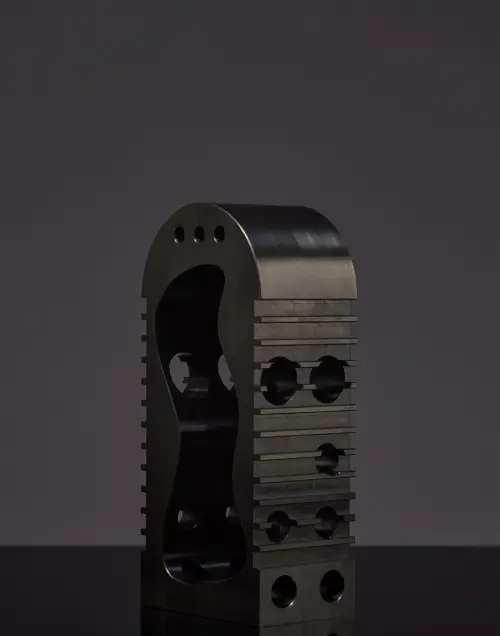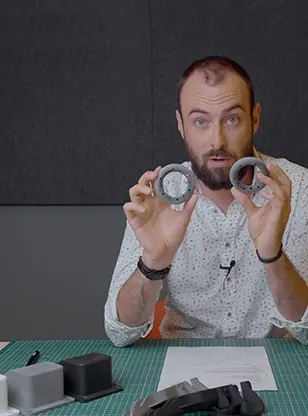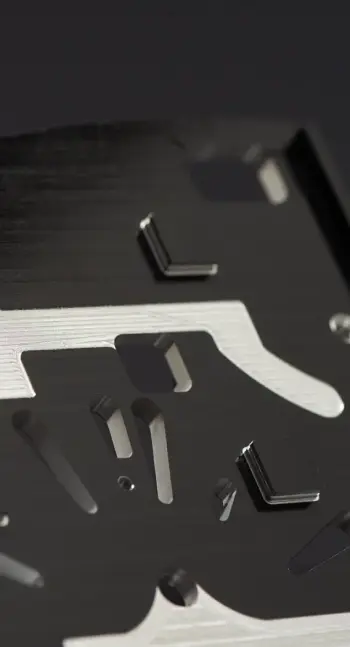Polierdienste
Polishing improves the surface quality of your parts while also giving them a smoother, shinier cosmetic appearance. The process removes defects from parts, including scratches, pits and burrs. Polishing is ideal for seal performance, improving the aesthetics of a part and other cosmetic applications.
| Surface preparation | Colors | Glossiness | Cosmetic availability | Visual appearance |
|---|---|---|---|---|
| On as-machined parts. | No specific colours | No specific glossiness | Always cosmetic | Machining marks should be removed on primary surfaces. Achieved surface roughness of Ra 0.8μm / Ra 32μm. |
Design considerations for polishing
Polishing harder metals results in a finer finish, but it’s also more expensive than polishing softer metals.
For parts with tricky features and more design complexity, polishing is not as ideal. It’s harder to meet high precision requirements when your part has areas that aren’t as accessible for polishing.
The Protolabs Network polishing process
Polishing creates a smooth and shiny surface, with no machining marks, and can be done on metals.
Polishing is always used for cosmetic purposes; polished parts should be soft to the touch and be shiny and reflective.
Using successive grist of sandpaper, polishing removes machining marks from primary surfaces. The surfaces become shinier with the use of a polishing wheel and paste.
Here are the key steps in the polishing process:
Once your custom parts come off the machine, they are passed on to the grinding process
Operators then manually polish your parts with sandpaper and other sanding tools, creating a glossy looking surface.
Using a microfiber cloth or other cleaning equipment, operators clean the part’s surface of any remaining debris
Beispiel eines polierten Teils


Beginnen Sie noch heute mit der Produktion Ihrer polierten Teile
Sofortangebot anfordern



